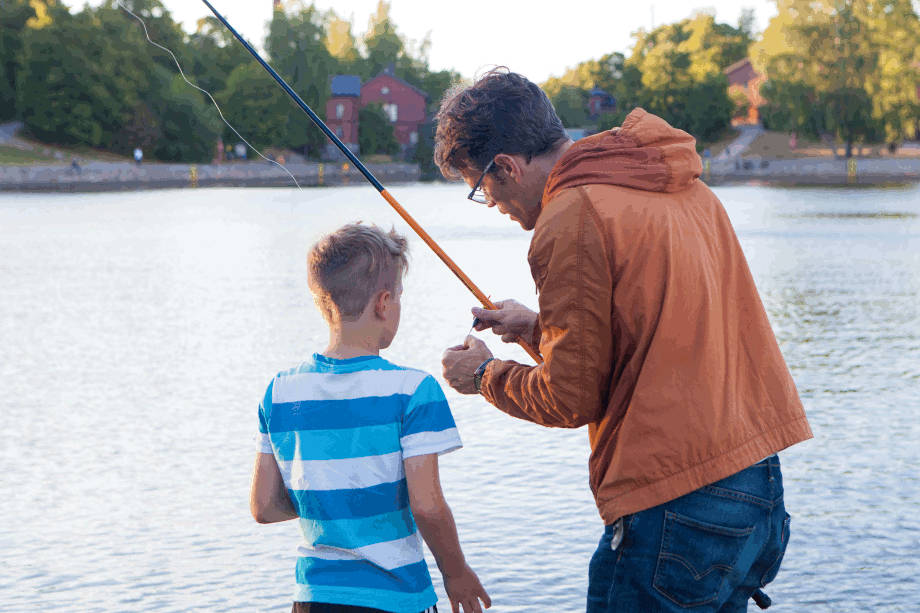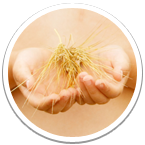Database for fish contaminants

With this database, you can learn about the levels of contaminants in Finnish domestic fish. You can freely download the information for your own use.
The database consists of three parts: 1. the actual database, i.e. an interactive table of the contaminant levels, 2. ready-made graphs of changes in contaminant levels in different fish species and 3. a ready-made graph of the interspecies differences in contaminant levels in 2016.
Links to the database:
How to use the database: Instructions
Substances reported in the database
The database includes information about the levels of following contaminants in Finnish domestic fish caught from the Baltic Sea and freshwater areas, as well as in domestic farmed fish:
- PCDD/Fs, pg TEQ/g fresh weight
- PCBs, pg TEQ/g fresh weight
- The sum of PCDD/Fs and PCBs, pg TEQ/g fresh weight
- Indicator PCBs, ng/g fresh weight
- BDE-209, ng/g fresh weight
- PBDEs (not including BDE-209), ng/g fresh weight
- PFOS, ng/g fresh weight
- PFASs (PFOA, PFNA, PFHxS and PFOS), ng/g fresh weight
Read more: Environmental pollutants
Don’t reduce fish consumption unnecessarily
Finns are exposed to harmful substances, such as dioxins and PCBs, quite little. Most of the exposure comes from fish, because many environmental pollutants have a tendency – despite different emission sources and chemical properties – to end up in water bodies and fish at the top of food chains. However, the majority of domestic fish is clean and healthy food.
You shouldn't reduce your total fish consumption for fear of environmental pollutants, because the health benefits of fish overweigh the possible health risks of the pollutants it contains. Instead of reducing fish consumption, you should choose fish species that do not contain pollutants or contain only a small amount of them. The instructions for the safe use of fish help in choosing the species, and the best way to avoid exposure is to follow them.
Fish consumption has many health benefits:
- Fish provides many nutrients that the body cannot produce on its own.
- Fish contains several vitamins and minerals and a lot of protein.
- Fish is a particularly good source of vitamin D and omega-3 fatty acids.
- Fish also provides selenium, vitamin B12, iodine, potassium and phosphorus. These nutrients are particularly important for normal fetal development, so with the exception of pike, eating fish should not be reduced during pregnancy either.
According to the recommendations of the National Nutrition Council and the Finnish Food Authority:
- Fish should be eaten at least twice a week
- Different fish species should be varied in the diet.
Read more: Safe use of fish (Finnish Food Authority)
Compilation of the database
The aim of the database is to bring together information on the concentrations of contaminants in domestic fish that is scattered in research institutes, universities, municipalities and possible other entities and transform it into a visual, easy-to-use and open format for everyone. The goal is to collect information retrospectively also from past decades. THL is responsible for maintaining the database.
Contact
Riikka Airaksinen
researcher
+358 29 524 6339
[email protected]




